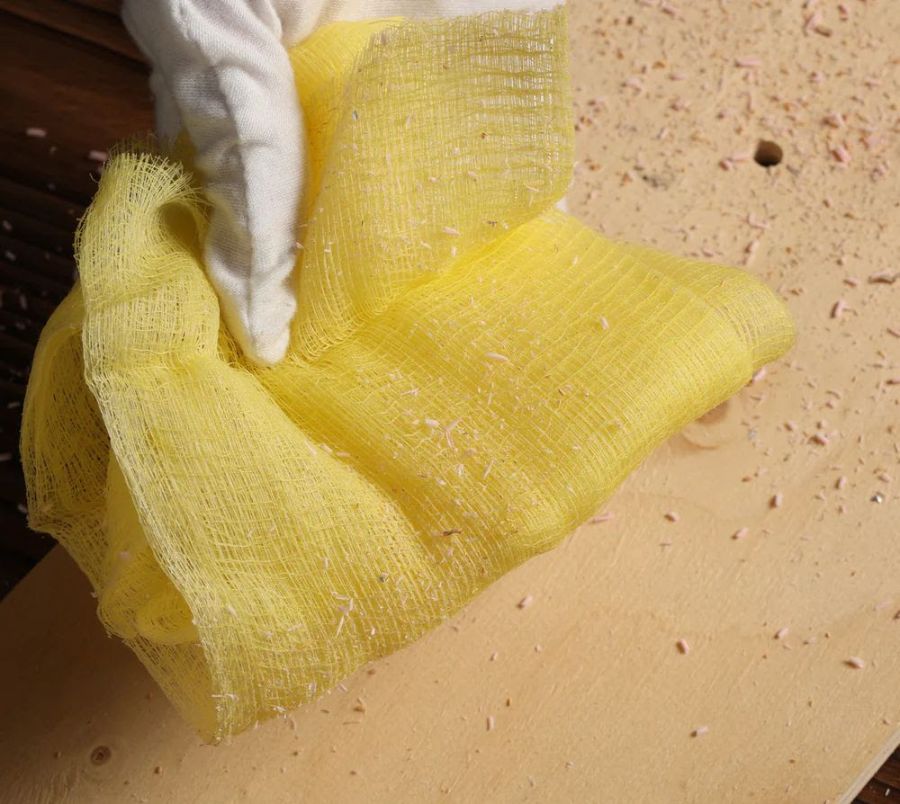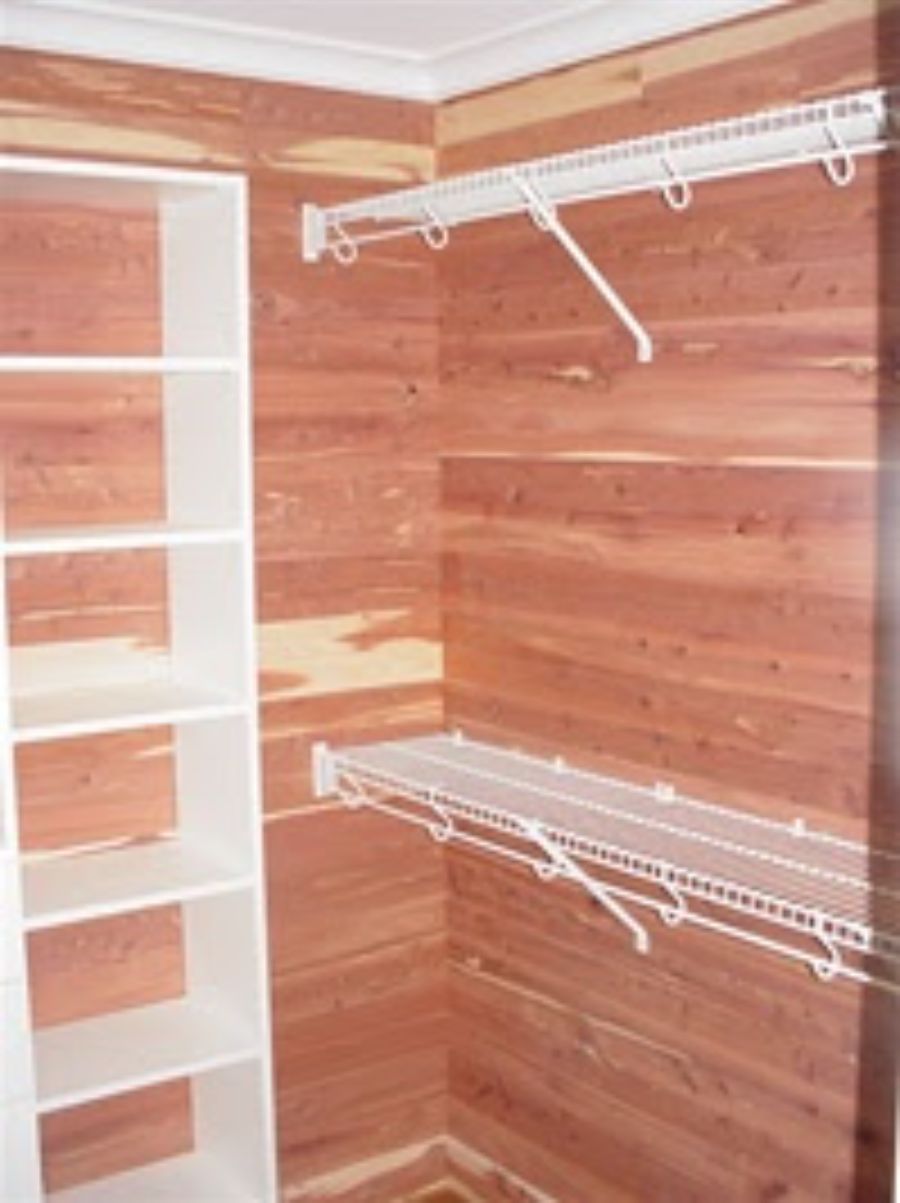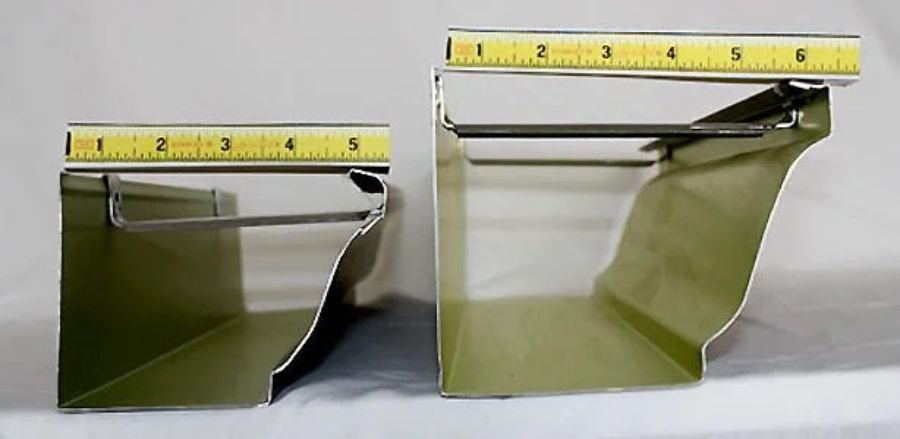A tack cloth is a special type of cleaning cloth used in home painting and woodworking projects.
It is a soft, loosely woven piece of cotton fabric coated with a sticky substance, often made from resin or wax.
The sticky coating is what gives it the name “tack cloth,” because it has a slightly tacky or sticky feel to the touch.
Even though it might seem simple, a tack cloth plays a very important role in achieving a smooth, professional-looking finish on painted or stained surfaces.
When you prepare to paint a wall, cabinet, or piece of furniture, one of the most important steps is making sure the surface is completely clean and free of dust.
After sanding, small particles of dust and debris can remain on the surface, even after wiping it with a dry rag or vacuuming.
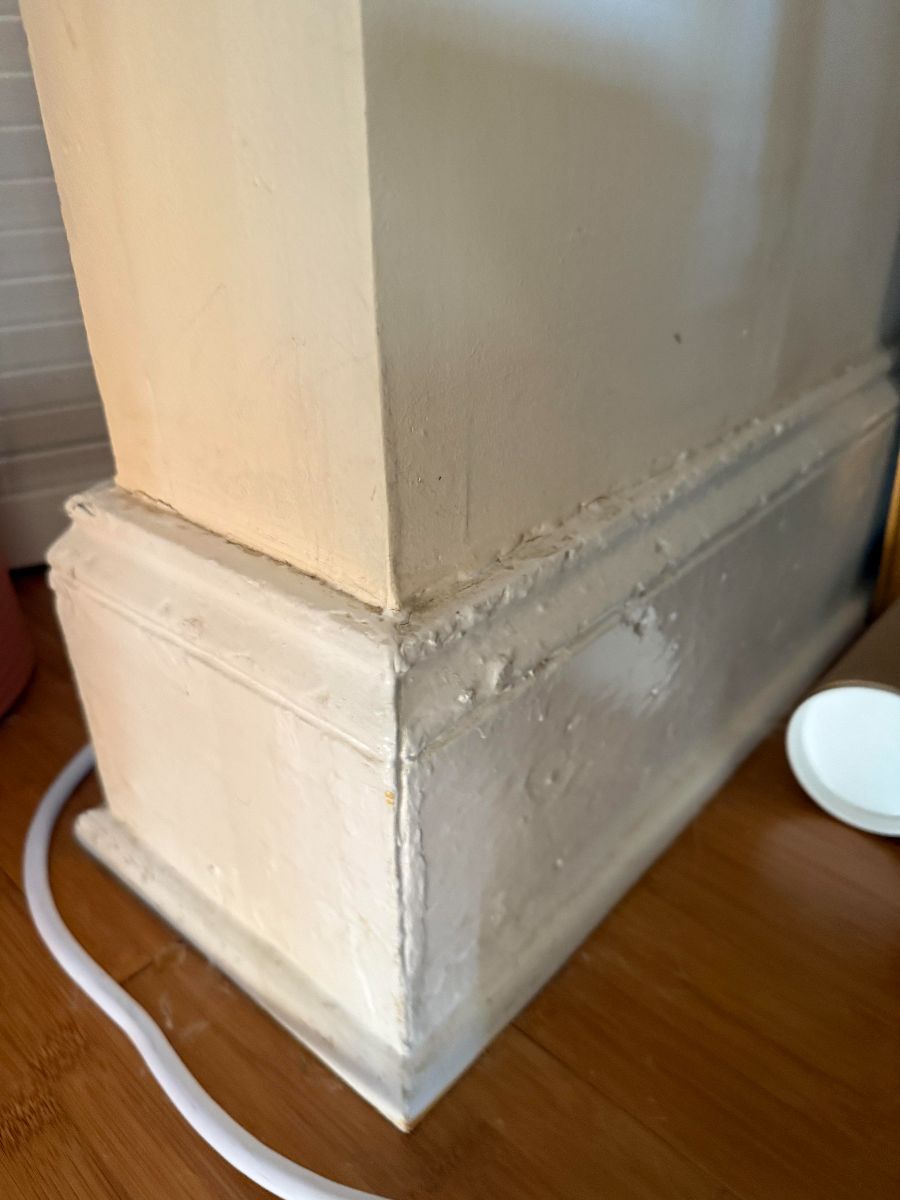
If these particles are not removed before painting, they can cause bumps, rough textures, or uneven finishes in the paint.
This is where the power of the tack cloth comes in.
A tack cloth’s sticky surface gently lifts and traps even the tiniest bits of dust, dirt, or lint that would otherwise ruin your paint job.
Using a tack cloth is simple, but it must be done carefully to get the best results.
First, make sure the surface has been sanded and is completely dry.
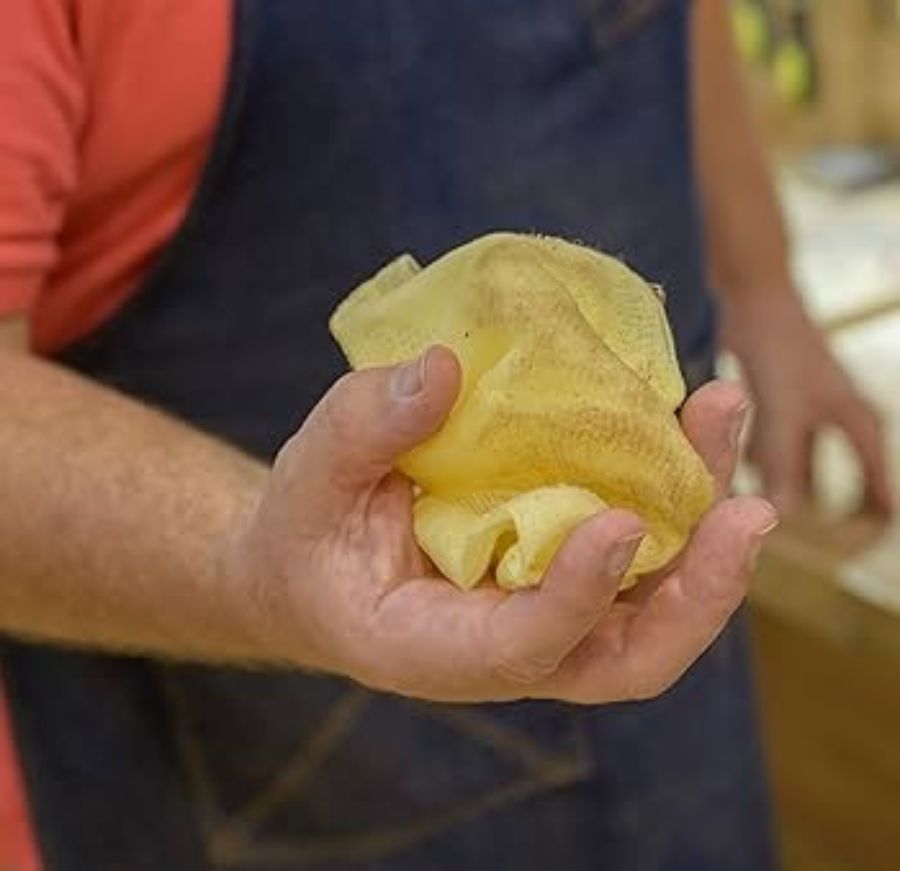
Then, unfold the tack cloth and lightly bunch it up in your hand. You don’t want to use it flat or apply too much pressure. Gently wipe the surface with light, sweeping motions.
The goal is to let the stickiness of the cloth pick up dust, NOT to scrub the surface.

You should move in one direction rather than rubbing back and forth.
If the cloth becomes filled with dust, refold it to expose a clean area and continue wiping.
Once the entire surface has been wiped, it will be clean, smooth, and ready for primer, paint, or stain.
It’s important to note that tack cloths should never be washed or reused too many times, since the sticky coating wears off after use.
Tack cloths are meant to be disposable.
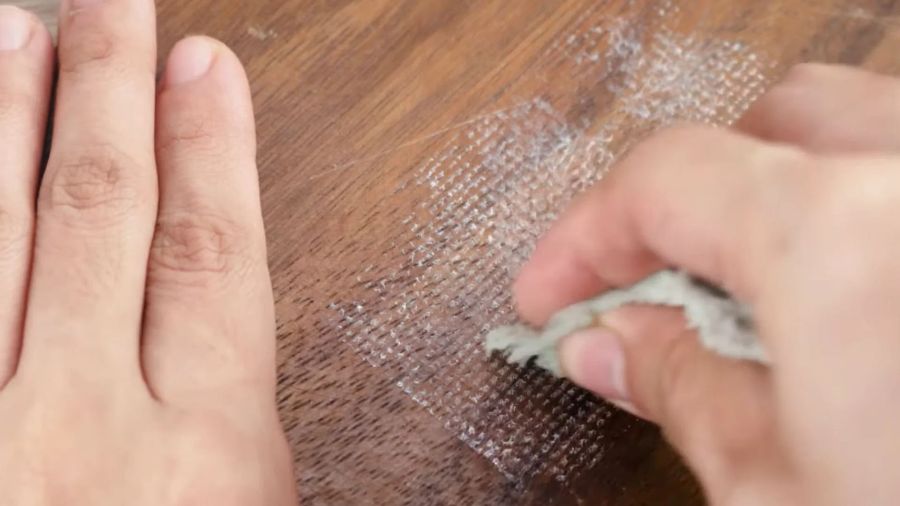
Also, you should not press down hard with the tack cloth, as this can leave behind a sticky residue that might affect how the paint adheres.
Some painters prefer to use a microfiber cloth or a damp rag as an alternative, especially when working with water-based paints, since traditional tack cloths are often made for oil-based finishes.
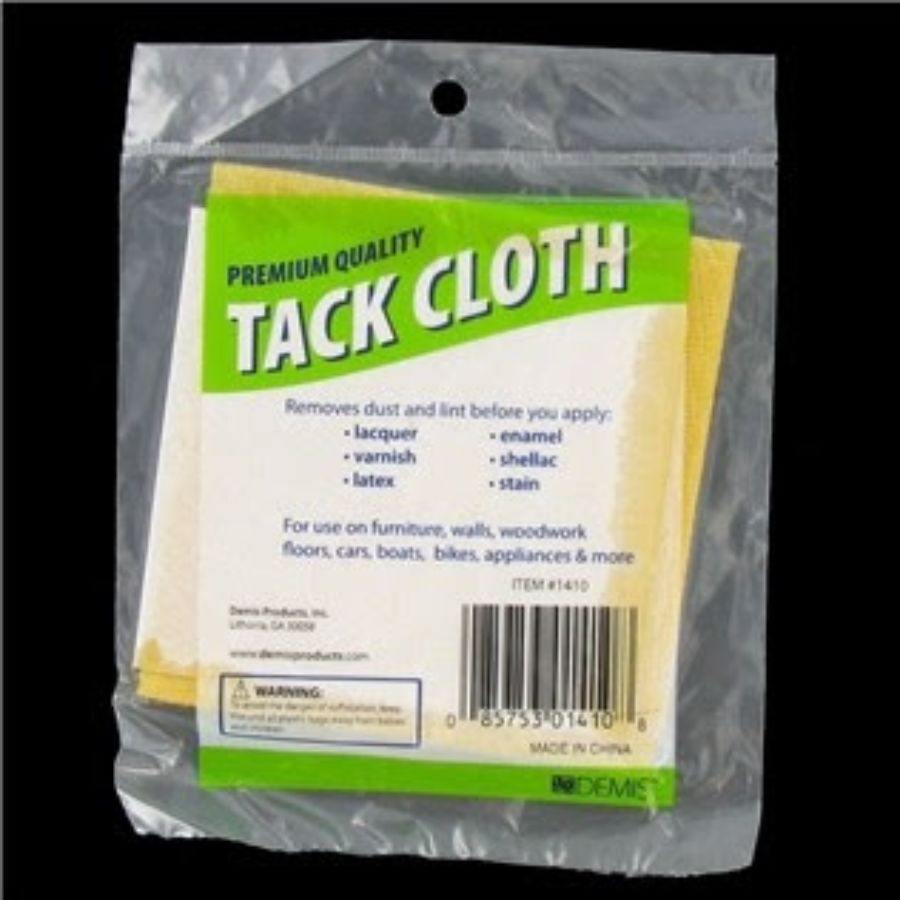
Tack cloths are available at most hardware or paint stores, and they come in small, individually wrapped packages.
Tack cloths are inexpensive but make a BIG difference in the final quality of your project.
Whether you are painting a wall, refinishing a dresser, or staining wood trim, using a tack cloth before applying your final coat will help you achieve a flawless, dust-free finish.
A tack cloth is one of those simple tools that many professionals swear by and that any homeowner can easily use.

Taking the extra few minutes to wipe down your surface with a tack cloth can turn a good paint job into a GREAT one!
Follow Us on Social Media!

